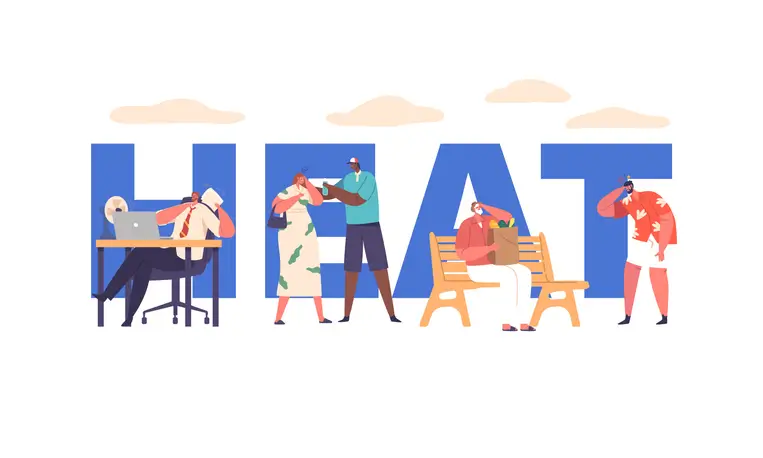Heat Stress Toolbox Talk
Updated on:
Published on:
June 24, 2025
Heat stress is a growing concern in many workplaces, especially as global temperatures continue to rise. It occurs when the body cannot cool itself properly, leading to a range of heat-related illnesses that can affect health, safety, and productivity. On job sites—particularly those outdoors or in hot indoor environments—workers are at an increased risk due to strenuous physical activity, high temperatures, and heavy protective gear. Without proper precautions, heat stress can quickly escalate into life-threatening conditions like heat stroke. That’s why it’s essential to talk openly about heat stress, recognize its warning signs, and take preventive steps every day. This toolbox talk aims to help workers understand what causes heat stress, who is most at risk, how to prevent it, and what to do in an emergency. Staying informed can save lives.
1. What Causes Heat Stress?
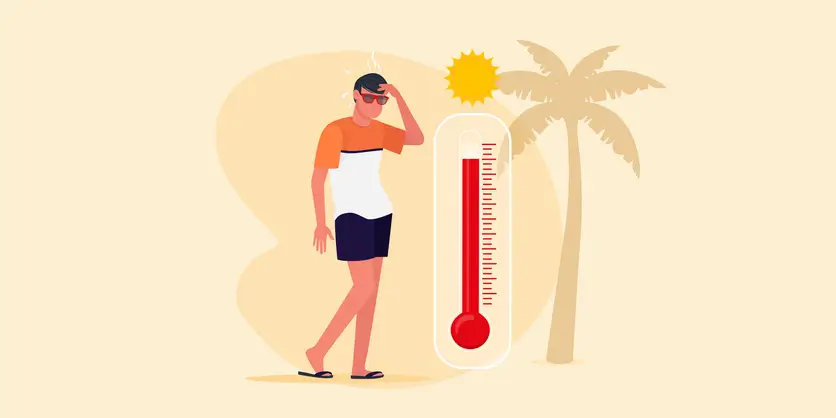
- High Temperatures and Humidity: Hot, humid conditions limit the body’s ability to cool through sweating, especially with little airflow. This combination can quickly lead to overheating.
- Physical Exertion: Performing physically demanding tasks in hot environments increases internal body temperature. Without proper cooling and rest, this can result in heat stress.
- Inadequate Hydration or Rest: Dehydration hampers the body’s temperature regulation. Failing to drink enough fluids or skipping rest breaks increases vulnerability to heat-related illness.
- Heavy Protective Clothing or PPE: While essential for safety, PPE can prevent heat from escaping the body and worsen overheating, particularly during prolonged exposure.
When any of these factors occur—especially in combination—they significantly heighten the risk of heat stress. Awareness and proactive prevention are key to worker safety.
2. Common Signs and Symptoms
Recognizing the symptoms of heat stress early can prevent more serious health outcomes. These symptoms typically appear in stages:

1. Early Warning Signs:
- Fatigue
- Headache
- Excessive sweating
- Thirst
- Muscle cramps
2. Severe Symptoms:
- Dizziness or lightheadedness
- Confusion or disorientation
- Nausea or vomiting
- Hot, dry skin (a sign of heat stroke)
- Fainting or loss of consciousness
- Rapid heart rate or breathing
It’s crucial to act quickly when any of these symptoms are observed to prevent escalation to heat stroke, which is a life-threatening emergency.
3. Who’s Most at Risk?
While heat stress can affect anyone, certain groups of workers face higher risks due to their work environments and conditions:
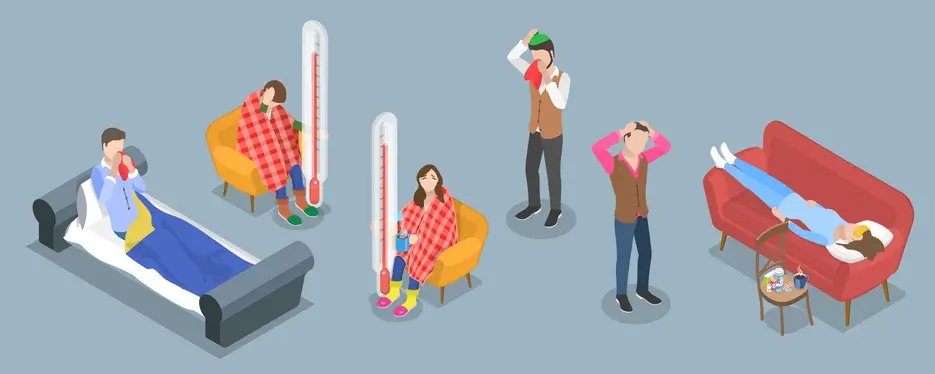
- Outdoor Workers: Those in construction, agriculture, landscaping, roadwork, and similar jobs are especially vulnerable. They often work under direct sunlight and perform physically demanding tasks, increasing heat exposure.
- New or Unacclimated Workers: Employees who are new to hot conditions or returning after time away need time to adjust. Their bodies have not yet adapted, making them more prone to heat stress.
- Workers in Hot Indoor Environments: Employees working in factories, warehouses, commercial kitchens, or other poorly ventilated spaces can experience heat stress from machinery heat, limited airflow, and confined areas.
Employers and supervisors must recognize these high-risk groups and provide extra support, such as acclimatization programs, more frequent breaks, and monitoring to ensure safety.
4. Preventing Heat Stress on the Job
Preventing heat-related illness requires proactive steps that workers can take throughout the day:
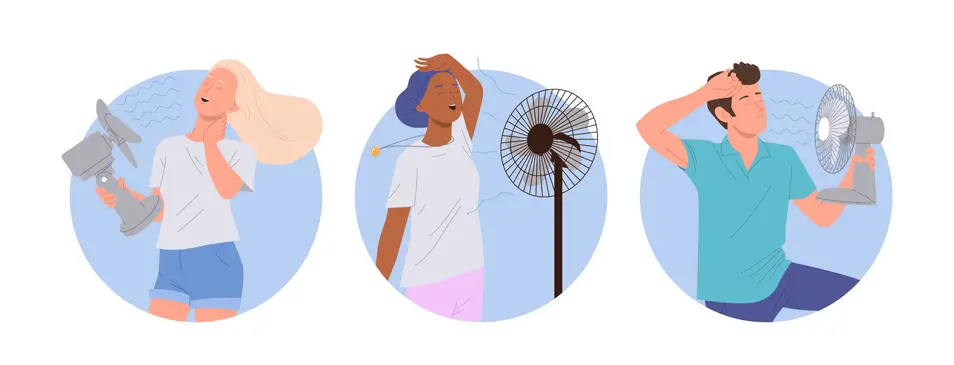
- Drink Water Every 15–20 Minutes: Don’t wait until you’re thirsty. Small, frequent sips of water help keep the body hydrated and cool.
- Take Breaks in Shaded or Cool Areas: Frequent rest periods in a shaded, air-conditioned, or well-ventilated area can prevent overheating.
- Wear Breathable, Light-Colored Clothing: Lightweight, loose-fitting clothing helps sweat evaporate and keeps the body cooler.
- Use Cooling Gear: Tools like cooling vests, neck wraps, portable fans, and misting systems can provide much-needed relief.
- Work in Teams: Implement the buddy system so workers can watch for signs of heat stress in each other.
- Pace Yourself: Start slow in hot conditions and gradually increase workload as the body becomes acclimated.
5. Employer Responsibilities
Employers have both legal and ethical duties to protect workers from heat-related dangers. Key responsibilities include:

- Providing Water, Rest, and Shade: These three essentials are the foundation of OSHA’s heat illness prevention guidelines. Employers must ensure workers have easy access to cool drinking water, shaded rest areas, and regular breaks.
- Scheduling Heavy Tasks for Cooler Times: To reduce heat exposure, employers should schedule physically demanding work during early mornings or late evenings when temperatures are lower.
- Training Workers on Heat Illness Prevention: Employees must be educated on recognizing heat stress symptoms, methods to stay safe, and how to respond to emergencies.
- Monitoring for Signs of Heat Stress: Supervisors should actively watch for early symptoms among workers, especially during heat waves or physically intense jobs.
Additionally, employers must create written heat illness prevention programs when required and clearly communicate these policies to all employees to ensure understanding and adherence.
6. Emergency Response
Knowing what to do in a heat emergency can save lives. If a worker shows signs of heat stress:
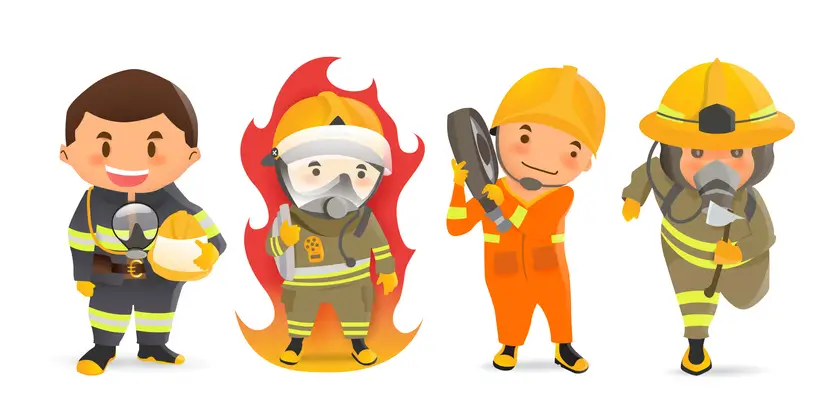
- Stop Work Immediately: Move the person to a cooler, shaded area as quickly as possible.
- Cool the Worker Down: Remove excess clothing, apply cool (not ice-cold) water to the skin, and use fans or cloths soaked in cool water. If the worker is conscious, offer small sips of water.
- Monitor the Worker: Keep a close eye on their symptoms and response to cooling efforts.
- Call Emergency Services: If the person is showing signs of heat stroke (hot, dry skin, confusion, unconsciousness), call 911 immediately. While waiting for help, continue to cool the person aggressively.
Remember, heat stroke is a medical emergency and can result in death if not treated quickly.
7. Final Reminders
Preventing heat stress is a shared responsibility—everyone on the job site plays a crucial role. Keep these key reminders in mind:
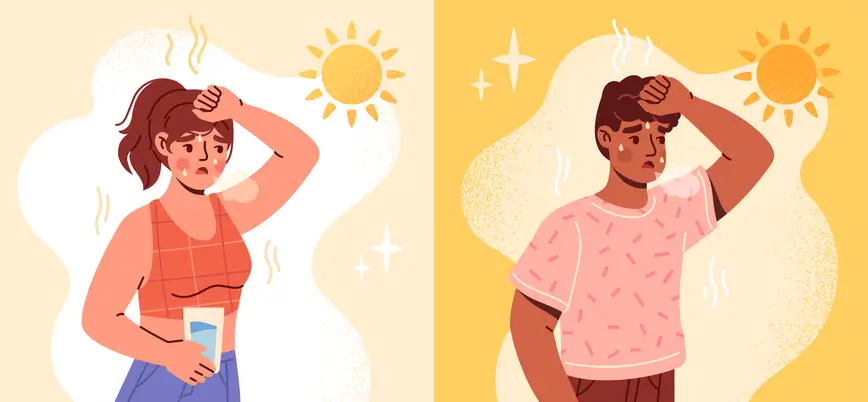
- Stay Alert: Always pay attention to how you feel and watch for signs of heat stress in yourself and coworkers.
- Stay Hydrated: Make it a habit to drink water regularly throughout your shift, even if you don’t feel thirsty.
- Speak Up: Report any symptoms or unsafe conditions immediately. Early action can prevent heat stress from becoming a serious illness.
- Look Out for Each Other: Use the buddy system to watch for early signs of heat stress among your team members.
By staying informed, supporting each other, and following prevention measures, we can create a safer work environment and reduce the risks associated with heat stress. Together, we can keep everyone healthy and safe on the job.
Remember:
Heat stress is preventable. Awareness, preparation, and quick action are the keys to staying safe in hot working conditions.
Related Posts

OSHA 30 vs SST Card: Key Differences for NYC Workers

How to Renew Your SST Card in NYC: Step-by-Step Guide


